Cheeses you must try once in your life
Cheese, please
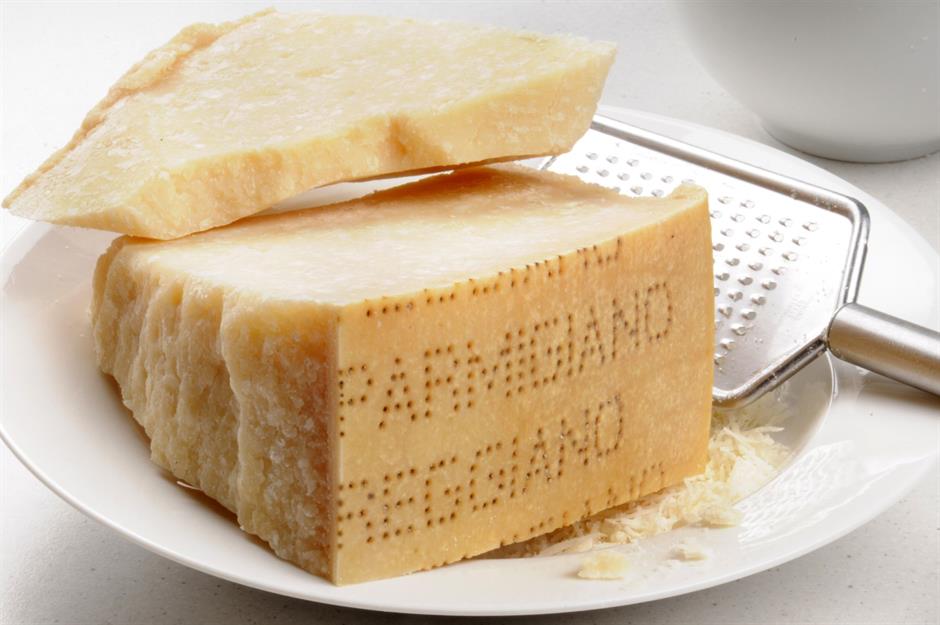
Whether it's a mound of gooey mozzarella melted onto a pizza, a toastie stuffed with oozing Cheddar, or a grazing board piled with lots of tasty varieties, cheese is indulgent and endlessly versatile – which is probably why it’s one of the world’s most popular ingredients. Some are hard, some are soft, some are blue, but they're all downright delicious, in our opinion. Here, we’ve ranked our favourites from across the globe, counting down to the greatest of all.
Click or scroll through our gallery to discover which cheese we've ranked as the world's finest. How many have you tried?
41. Leipäjuusto, Finland
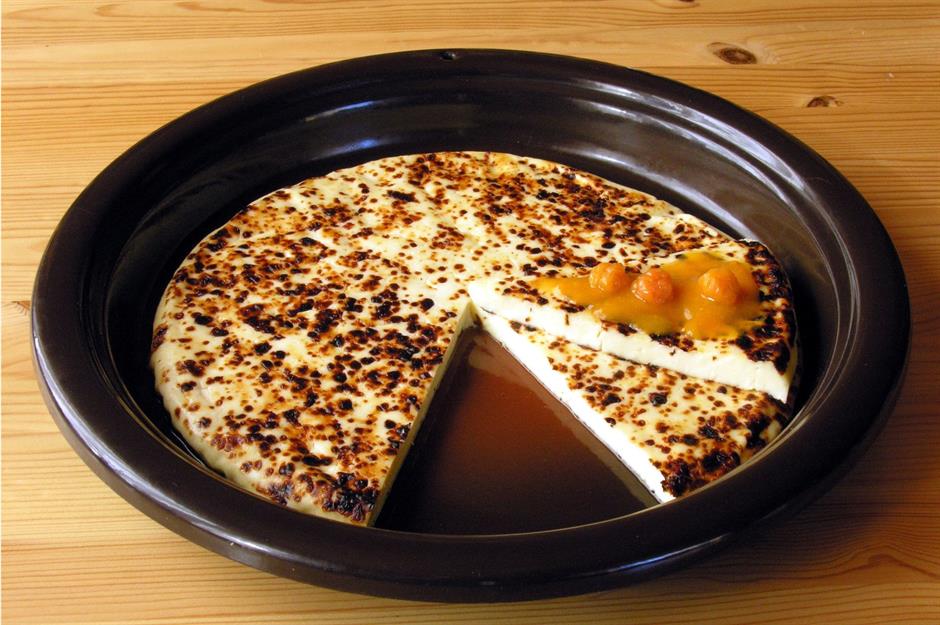
This delicious variety hails from Finland and is made from cow beestings, the first milk that the mammal produces after giving birth. Leipäjuusto is very mild, and as a result, it’s usually served grilled, baked or flambéed, so that a golden crust forms and a distinctive, smoky flavour develops. It’s sometimes known as bread cheese, because of its disk-shape, or Finnish squeaky cheese due to the sound it makes when you bite into it. Leipäjuusto is traditionally served as a side dish with coffee, with some small pieces added to the drink itself.
40. Monterey Jack, USA

An American cheese that originated in California, Monterey Jack is a white, semi-hard cheese made from cows' milk. It's mild and slightly sweet and is commonly used as a melting cheese in cooking. You'll often find it in burritos, burgers and grilled cheese sandwiches. There are a few spin-offs from the original, such as dry Jack, which is aged for four months and becomes a little like Parmesan, and pepper Jack, to which chillies, peppers and herbs are added.
39. Oaxaca, Mexico
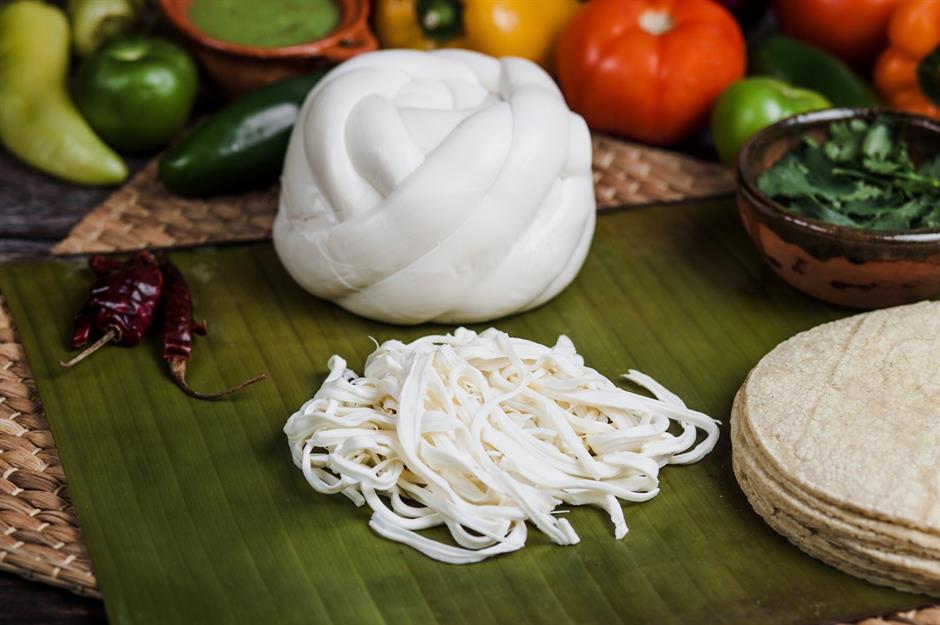
Originating from the Mexican city of the same name, Oaxaca cheese is a low-fat, semi-soft style. It’s similar to mozzarella, but is slightly firmer and boasts a buttery, subtle salty flavour. Oaxaca is still largely produced in Mexico, though you can find some dairy farmers making it across the US. Pair this ball-shaped cheese with fruit, or shred and melt it onto pizzas, nachos or quesadillas.
38. Ricotta, Italy
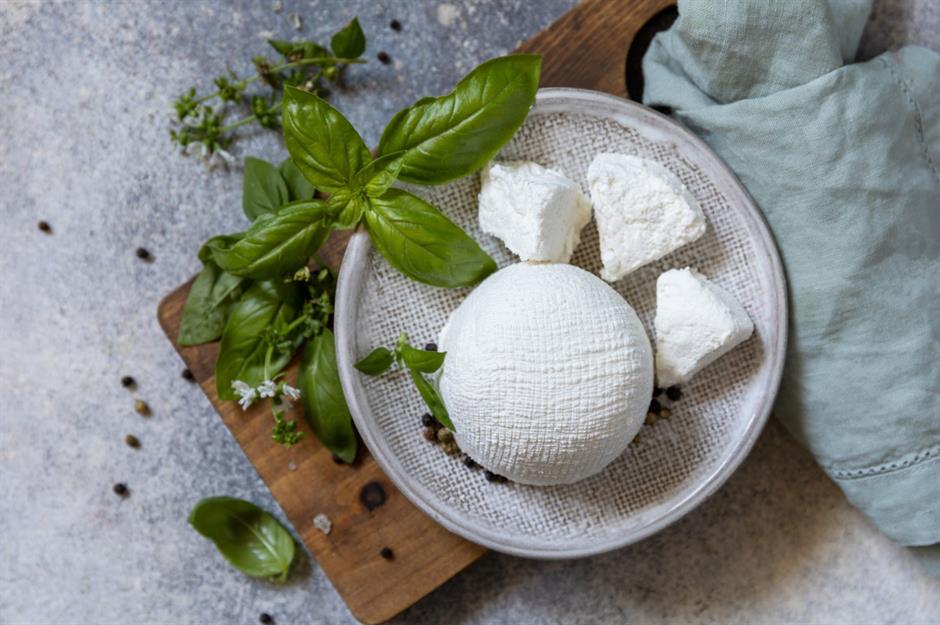
The great thing about ricotta is that it's crafted from the milk whey left behind after the production of other cheeses. This means it can be made with all types of milk and comes in a variety of textures and flavours. Ricotta can be fresh and soft or aged and semi-soft, and it's used in everything from cheesecakes to salads. One variety worth looking out for is ricotta di bufala Campana, which uses whey left over from buffalo mozzarella production.
37. Cashel Blue, Ireland
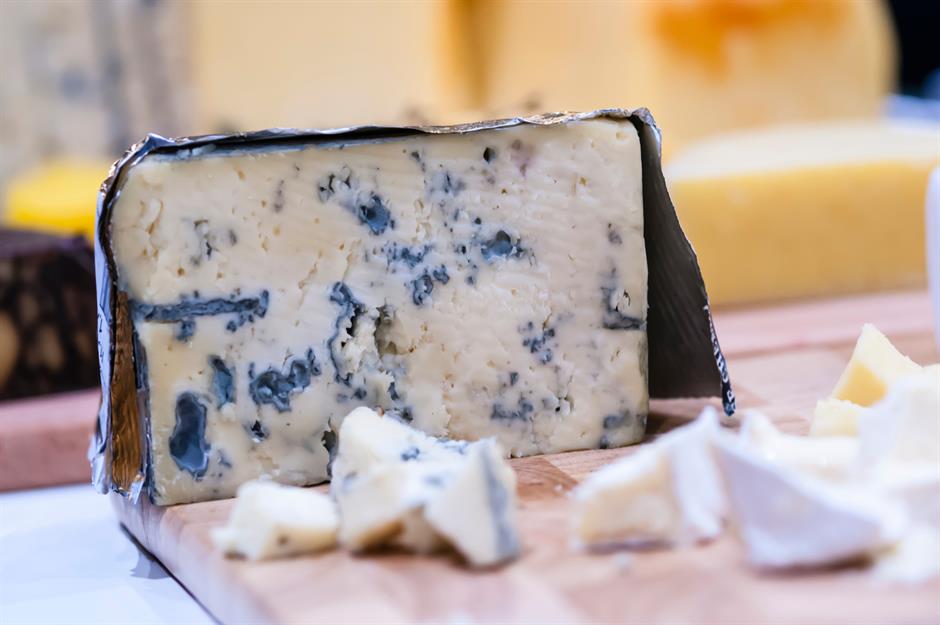
Cashel Blue is a multi-award-winning blue cows' milk cheese created in County Tipperary, Ireland, by Louis and Jane Grubb. When young, it's firm, creamy and tangy, with typical blue cheese notes. As it ages (up to six months), it becomes creamier and richer. It's full of character, but not too strong, and it's great to cook with. In the US, it's known as Kerrygold Cashel Blue. Try it with hot roasted figs for a taste sensation.
36. Ossau-Iraty, France
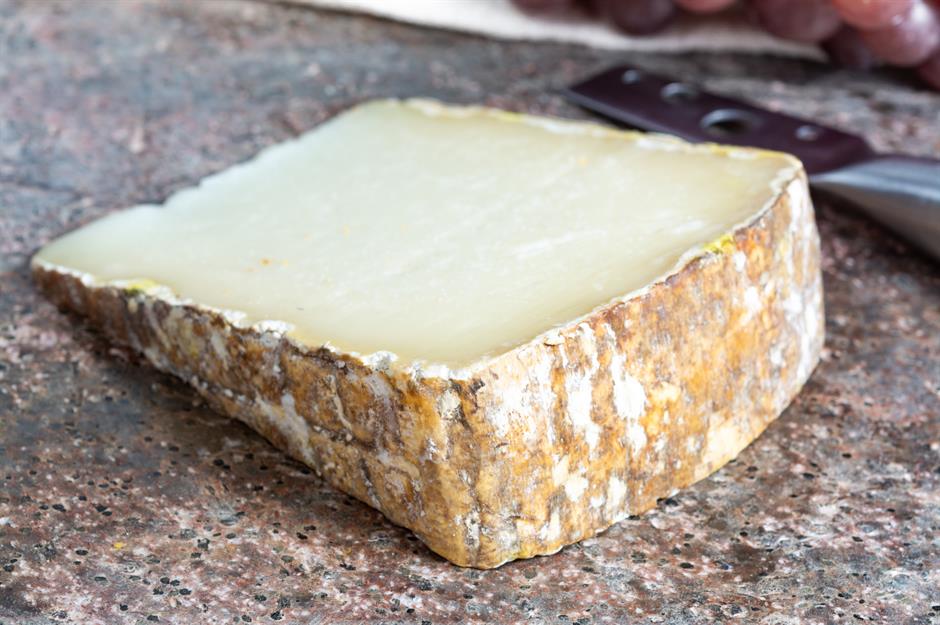
Made in the French Basque Country, Ossau-Iraty is a semi-hard cheese made from sheep's milk. When young, this delicious cheese is smooth, creamy, nutty and grassy, with a floral hint. As it ages, it develops naturally occurring salt crystals and becomes crunchier and more complex. It's been a protected cheese since 1980 and is generally best for eating, not cooking. Ossau-Iraty works best paired with ripe figs or grapes.
35. Comté, France
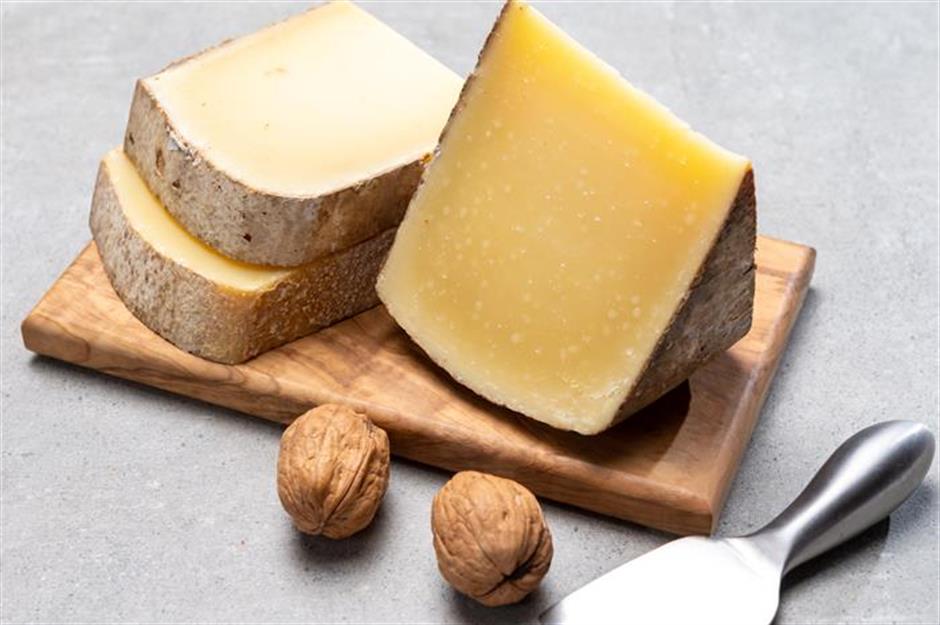
Comté is a protected cheese made in the Franche-Comté region of eastern France. It's a nutty, fruity hard cheese that can only be made to specific criteria. Producers have to age it for a minimum of four months and this style of Comté is often used in cooking in a similar way to Gruyère or Cheddar. If the cheese is aged as long as 24 months, the flavours become more complex, and this is when Comté deserves a place on your cheeseboard.
34. Vacherin Mont d'Or, France/Switzerland
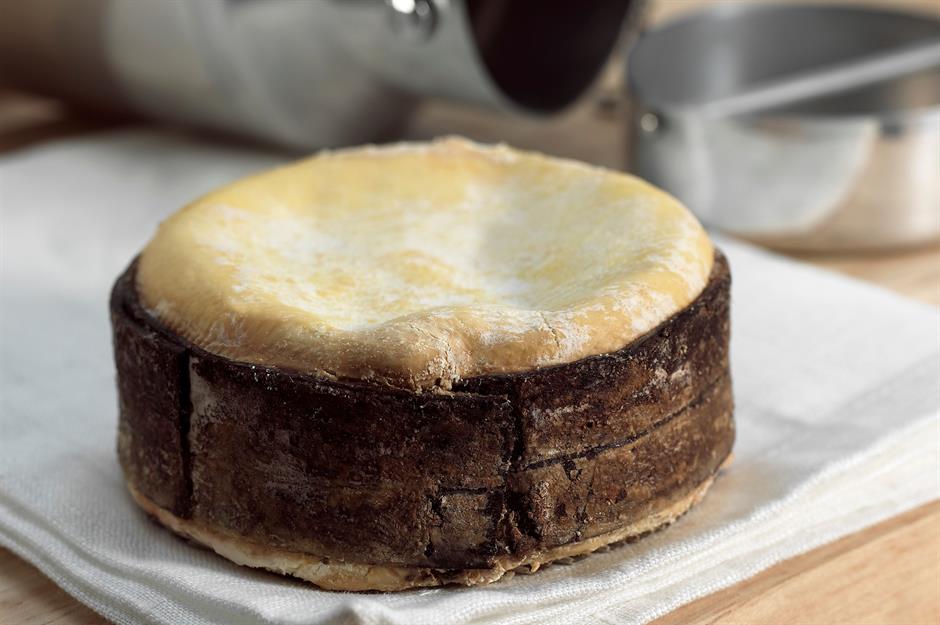
Vacherin Mont d'Or is made high up on the Swiss French border and is known for having an extraordinarily rich and creamy flavour. It's only made in the winter months, using milk from traditional breeds of cows and comes wrapped in spruce bark, a plentiful local wood. The cheese is protected and normally sold at four weeks' maturity. Serve it simply with a spoon – it's that creamy. Or, you can bake it in the oven and dip bread or potatoes into it, fondue style.
33. Cheshire, England, UK
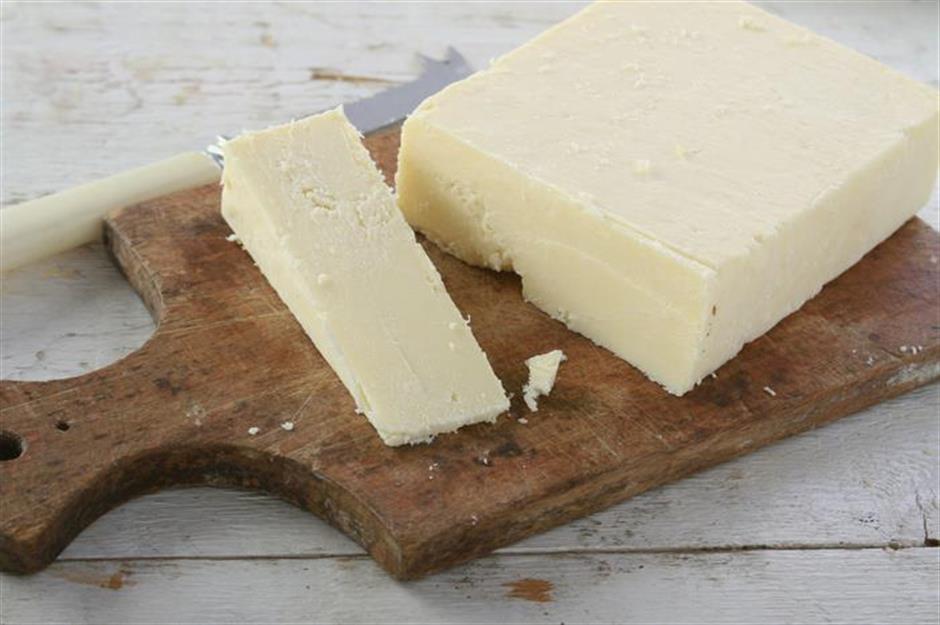
First name-checked in the 16th century, Cheshire cheese is a dense, semi-hard white variety from England. It has a crumbly texture and a mild, salty taste. Traditionally served with Christmas cake, Cheshire cheese is just as good with a crunchy apple or pear – its saltiness balances anything equally sweet. Red and blue versions of Cheshire are also made, though in much smaller quantities.
32. Traditional Welsh Caerphilly, Wales
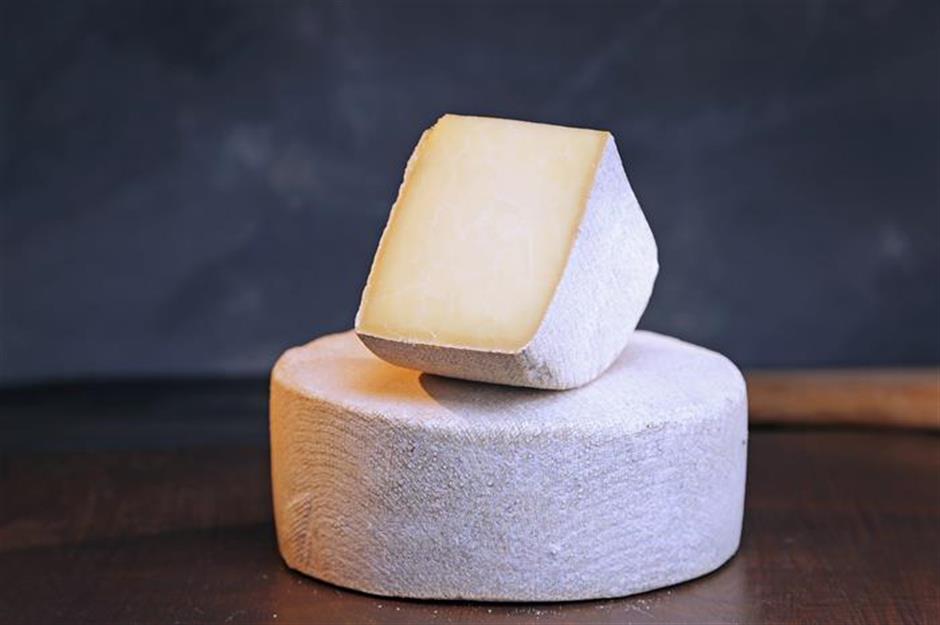
Caerphilly was originally made around its namesake town in Wales, but production shifted to England during World War II. It's still mostly made in Somerset and Wiltshire today, though it must be crafted with milk from Welsh cows to be designated as Traditional Welsh Caerphilly. It's a hard, milky, crumbly white cheese, with a distinct citrus taste and a pleasant buttery flavour. Artisanal versions, made in the pre-war manner, are worth seeking out.
31. Havarti, Denmark
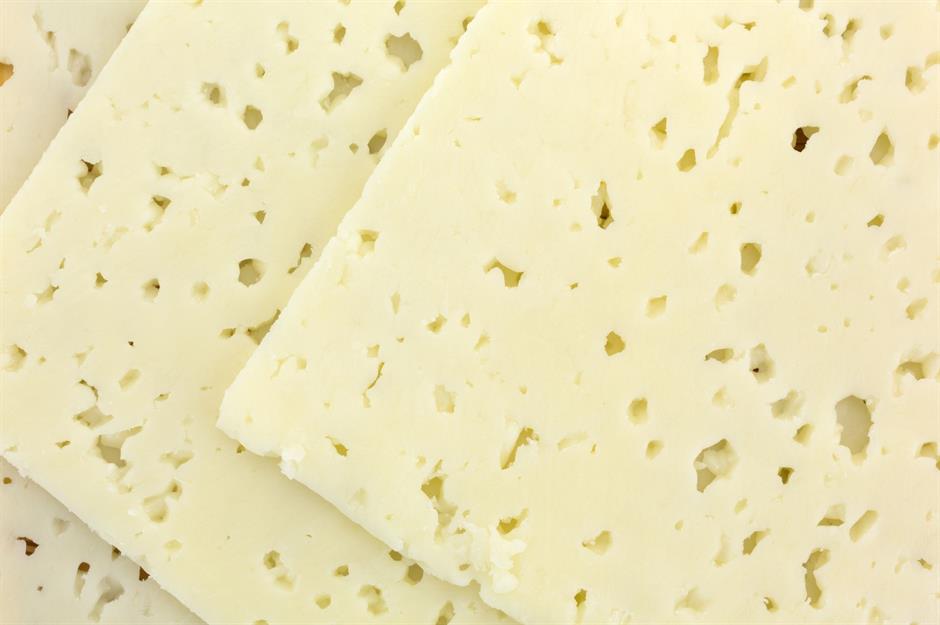
Dotted with holes throughout, this Danish soft cheese is made using cows’ milk. It’s traditionally aged for around three months and has a smooth and buttery, sweet yet acidic flavour. Havarti can be aged for longer, though its taste will be stronger and saltier. Enjoy as part of a cheeseboard, grilled in a toastie or melted into a creamy pasta sauce.
30. Roquefort, France
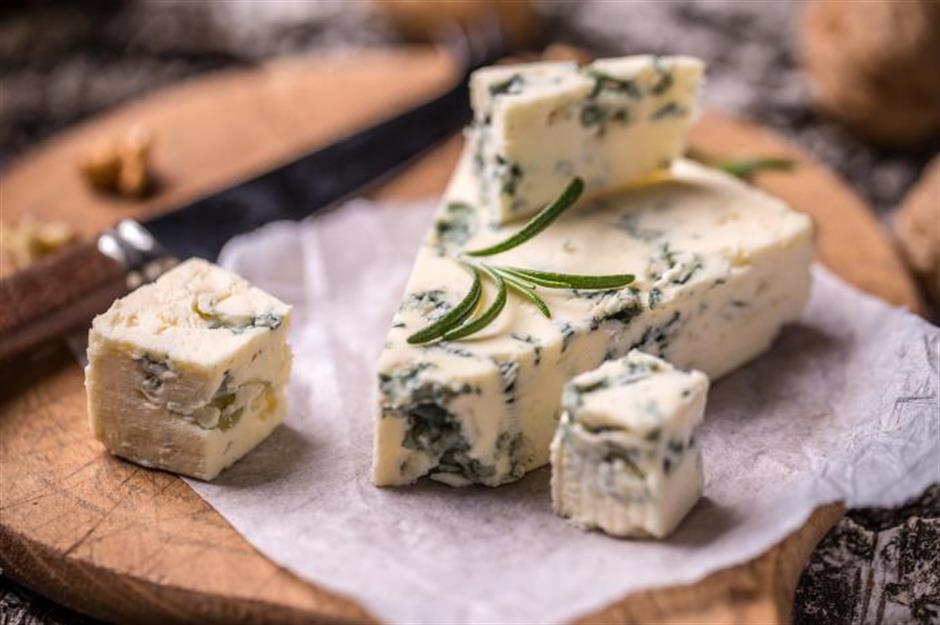
The so-called 'King of Blue Cheese', Roquefort is produced from sheep's milk and must be aged in the caves of Roquefort-sur-Soulzon in southern France. That's where you'll find the naturally occurring bacteria that gives Roquefort its distinctive taste – smooth and intensely creamy, with a tang from the blue veining. It's often used in sauces, quiches and salads, and it famously partners well with pears, too.
29. Reblochon, France
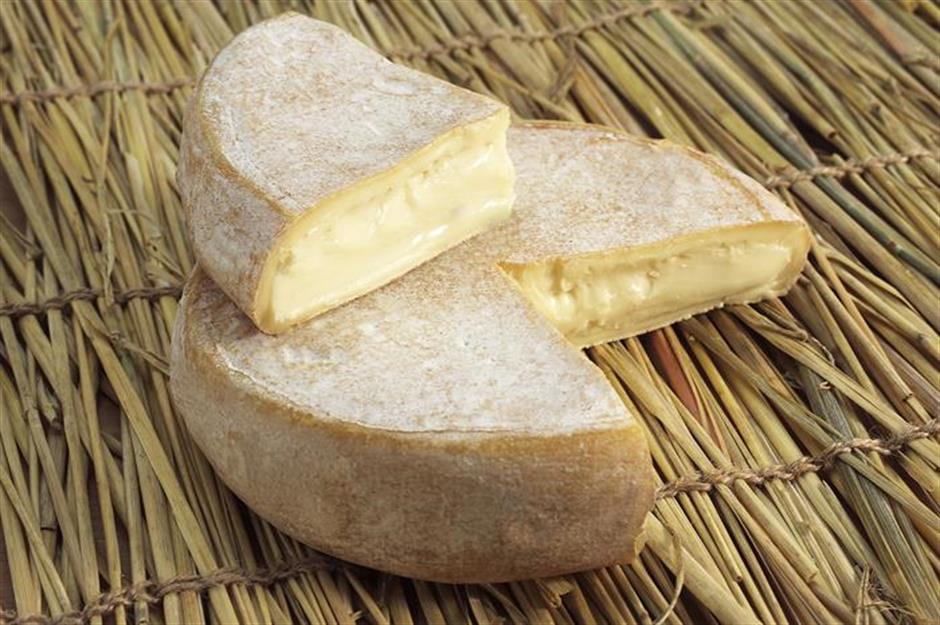
Made in the French Alps region of Haute-Savoie since the 13th century, Reblochon is a smooth, creamy cheese with an edible rind and a slightly earthy, nutty taste. The cheese is protected, and there are two varieties: fermier (farmer) and laitier (dairy). Fermier is made by hand from the milk from one herd. Laitier is made from any approved, unpasteurised milk. Both are delicious, but the fermier is rarer and has a more pronounced taste. Unfortunately for American cheese lovers, neither variety is available in the US because it isn't aged sufficiently to pass FDA guidelines.
28. Paneer, India
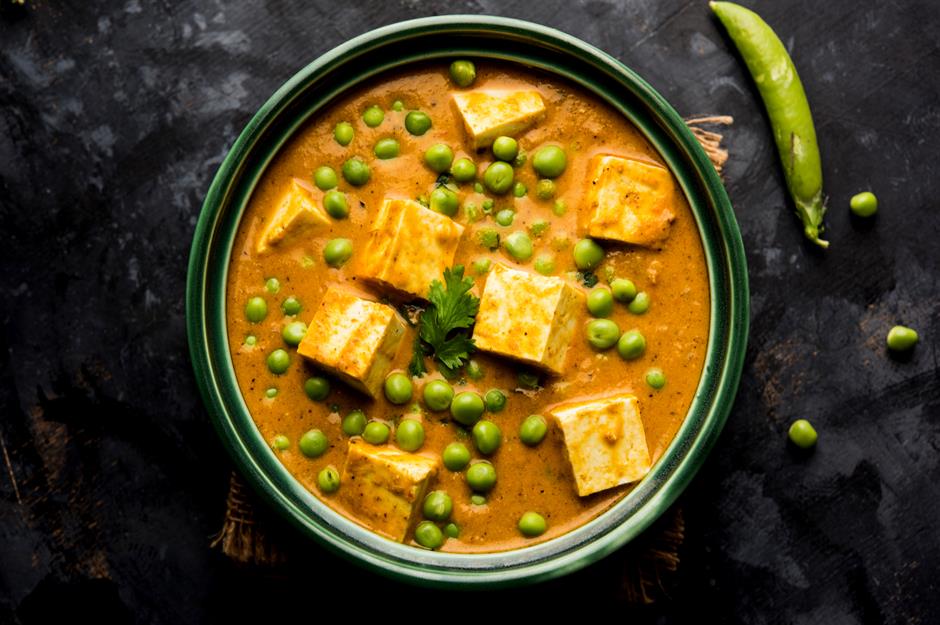
Paneer is a fresh, unsalted, non-aged, non-melting firm cheese from India. It was originally made from buffalos' milk, but these days, it's the norm to add cows' milk. It's widely available in other countries and is relatively easy to make at home, as it doesn't contain any rennet. It keeps its shape during cooking, so is often fried with spices, added to curries, and marinated then skewered for the barbecue.
27. Époisses, France
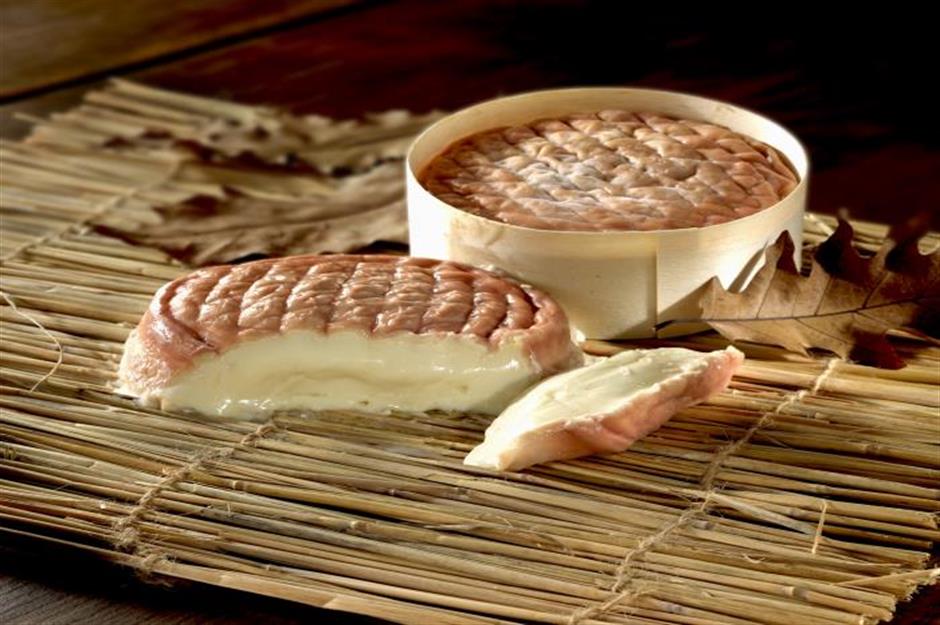
Époisses, from the town of the same name in Burgundy, France, is an unpasteurised cows' milk cheese with a rich, creamy interior. It's washed in Marc de Bourgogne, a local brandy, which provides its characteristic edible orange rind. It's pretty pungent, but the taste is a delightful mix of salty and sweet, meaning this is a fabulous cheese to enjoy with bread or crackers. Just allow it to sit at room temperature for an hour or so to achieve the perfect, spoonable texture.
26. Grana padano, Italy
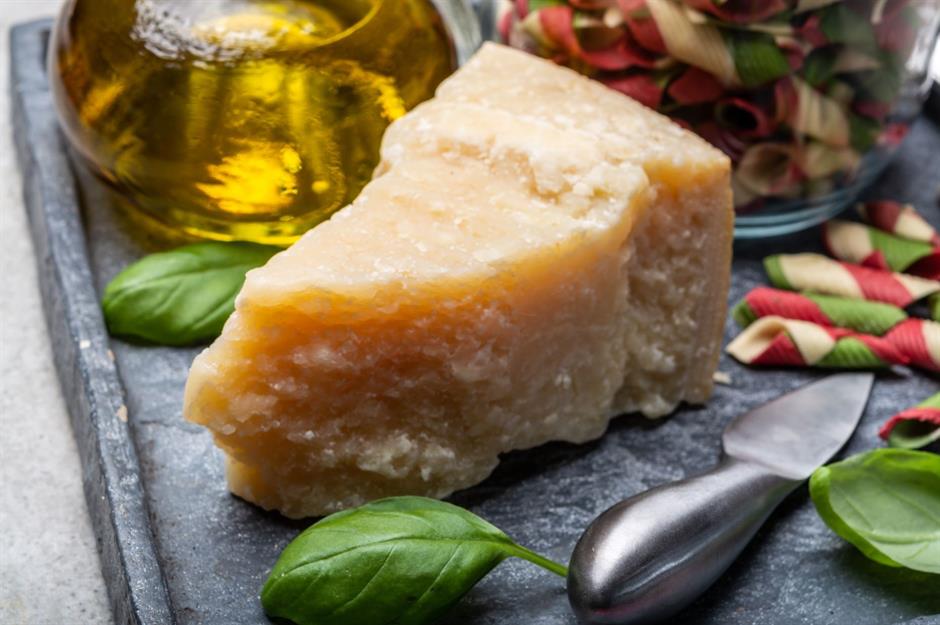
Much like Parmesan, grana padano comes from the Po Valley, in the north of Italy. And similar to Parmesan, it's a hard, grainy cheese that's aged perfectly for grating over pasta and risotto. However, there are key differences that set these two cheeses apart, particularly during the production process. Taste-wise, though, grana padano offers a creamier and sweeter flavour that lends a different profile to your dishes. It's cheaper, too.
25. Sainte-Maure de Touraine, France
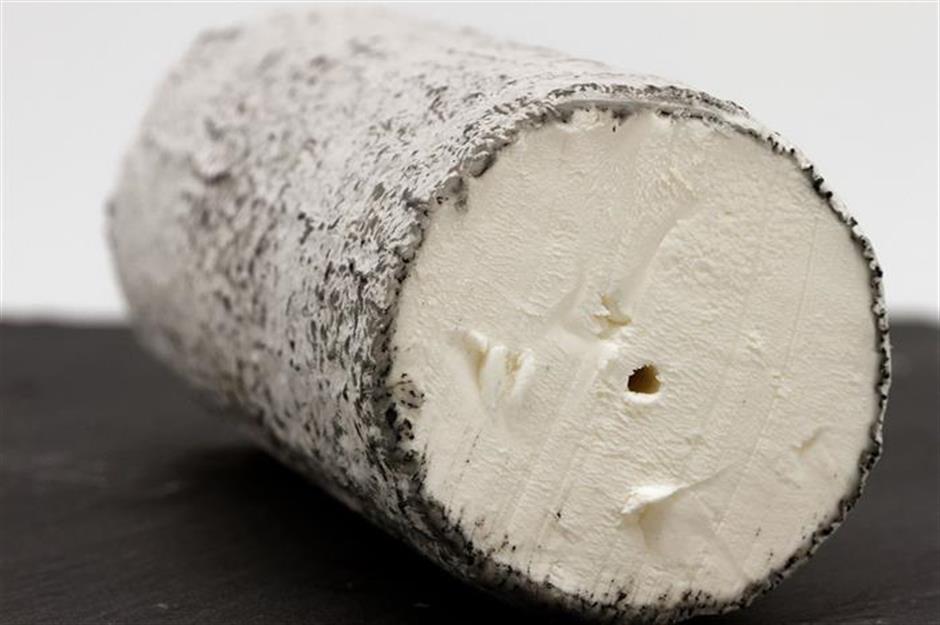
Goats' cheese is made all over the world, and it comes in every form, texture and flavour. Sainte-Maure de Touraine is a beauty from the Loire Valley that is covered with a signature ash-coated rind and has a straw at its centre. The protected cheese, made from unpasteurised goats' milk, has sour and nutty notes and pairs well with honey. Its soft, creamy texture also makes it ideal for filling a French baguette.
24. Stilton, England, UK
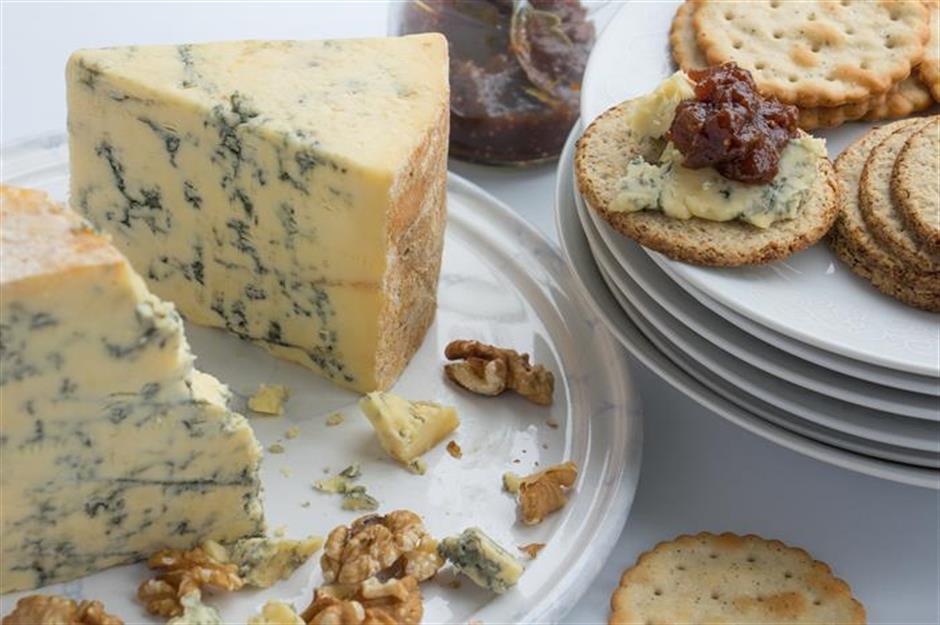
Stilton can only be produced in the three English counties of Leicestershire, Nottinghamshire and Derbyshire and has been made since the early 18th century. The blue, slightly crumbly, creamy cheese must be made from pasteurised cows' milk and its tangy, pungent flavour profile makes it a great accompaniment to pears or celery. It's also a good cooking cheese, with more aged varieties often providing a creamier texture.
23. Emmental, Switzerland
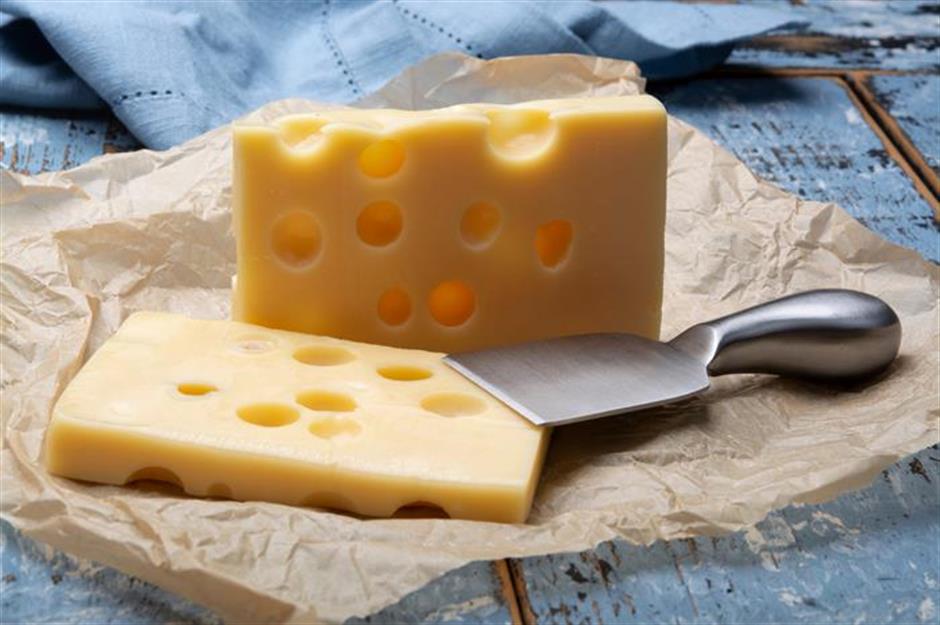
This semi-hard cheese from Switzerland is instantly recognisable thanks to its iconic holes. These appear while Emmental matures and can sometimes be as big as cherries. A classic Emmental is matured for four months for a mild, nutty taste – perfect for serving cold in chunks on a cheeseboard. But those flavours become more complex the longer the cheese matures, and it can also be great in cooking. It's often used for fondue, on burgers and in mac ’n’ cheese.
22. Edam, Netherlands
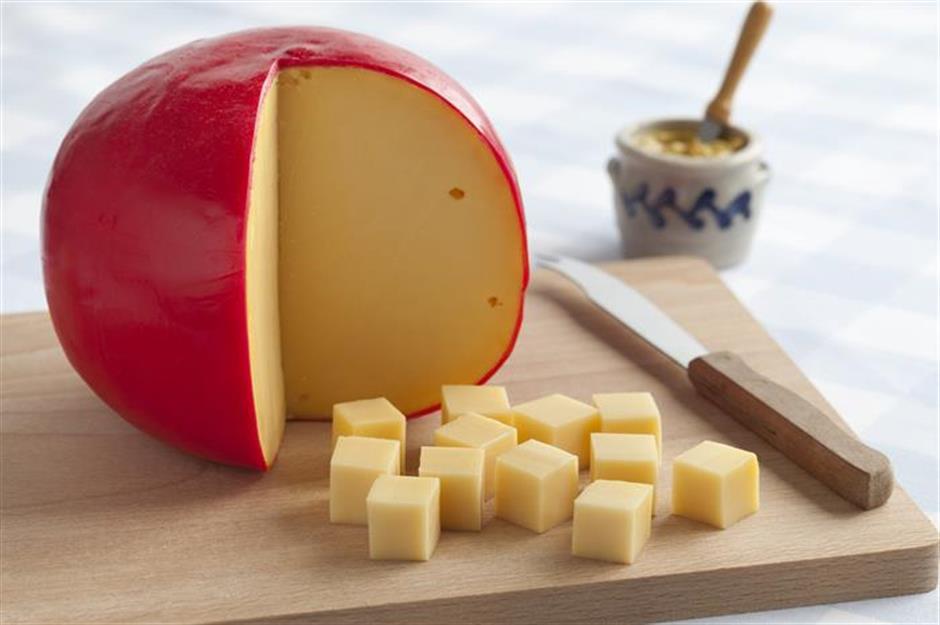
Edam, with its signature red wax coat, originates from the North Holland province in the Netherlands. It's a very mild cheese, with a buttery, nutty taste and barely any discernible smell. It's also much softer than Cheddar, often making it a hit with kids. But that doesn't mean it compromises on flavour. The mellow profile is ideal for a cheeseboard or sandwiches and also for baking into breads or soufflés.
21. Jarlsberg, Norway
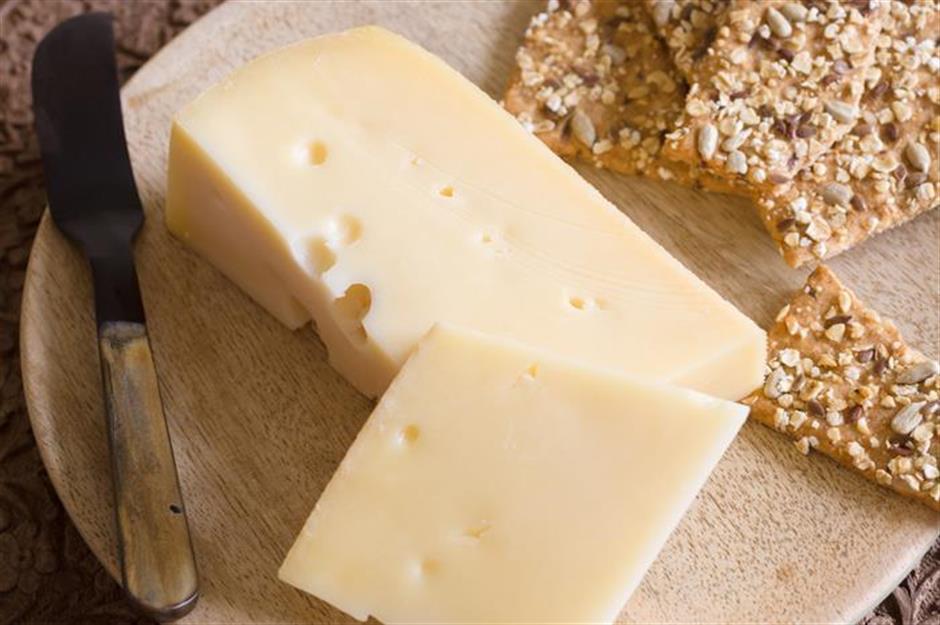
A mild, nutty cheese with a yellow wax rind, Jarlsberg originated in Norway and has gained popularity around the world. That's probably because this distinctive, hole-filled, semi-firm cheese is a multi-purpose edible treat. It can be used for straight-up snacking, but its melting qualities also make it great in a grilled cheese sandwich. Yet Jarlsberg is still something of a mystery. The modern recipe was only developed in 1956, and it's a closely guarded secret.
20. Tomme, France/Switzerland
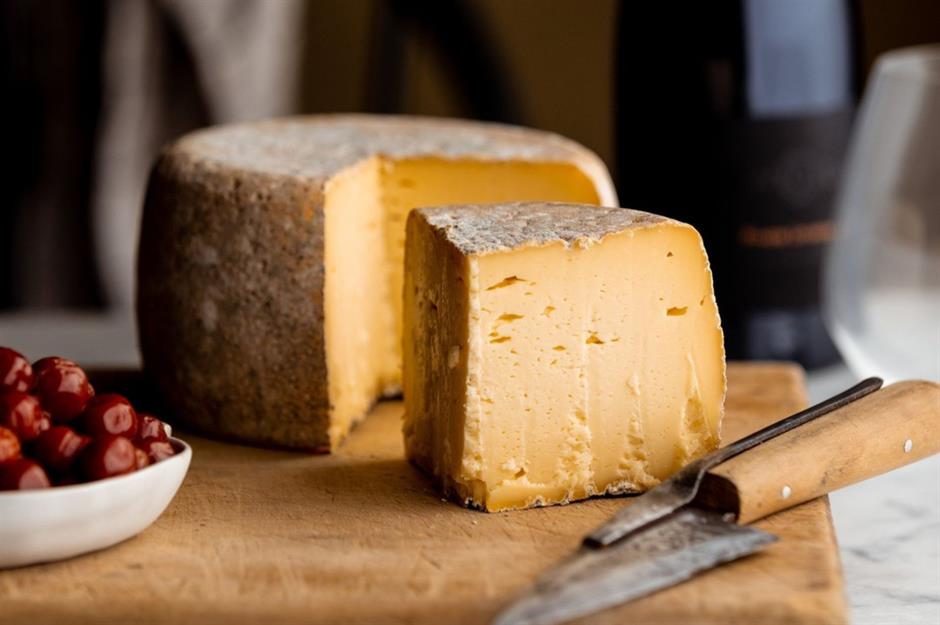
Commonly produced across the French Alps and in Switzerland, tomme is a style of cheese made from either cows’, ewes’ or goats’ milk. Encased in rind, this pale yellow cheese is buttery and milky, and it comes in a range of varieties. Producer Bruny Island Cheese Co. in Tasmania creates a tomme blend called Raw Tom (pictured) that’s so delicious it won gold at the World Cheese Awards in Portugal in 2024.
19. Taleggio, Italy
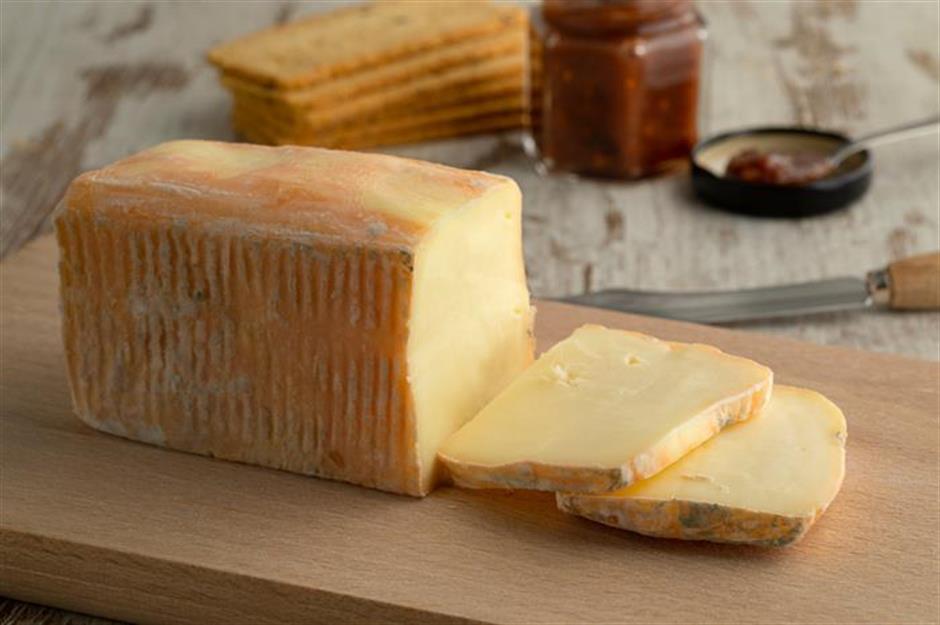
Taleggio is made from cows' milk and comes from the valley of the same name in northern Italy. It's a washed-rind cheese that's constantly brushed with seawater during the 50-day maturing process. Luckily, it smells more pungent than it tastes. The buttery, soft and oozy interior can actually be quite addictive. Allow it to rest for an hour at room temperature before eating with bread. It also melts very well in risotto or pasta dishes.
18. Gorgonzola, Italy
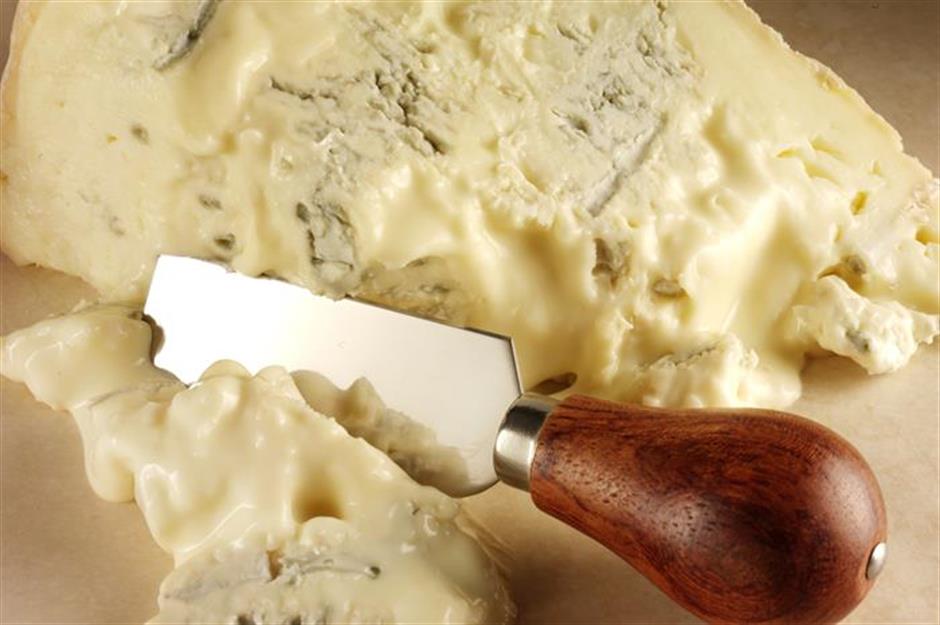
Produced in northern Italy in the Lombardy region, this blue cheese made from cows' milk is creamy, rich and tangy, with a notoriously strong aroma. But younger Gorgonzola – known as 'dolce' – is milder and perhaps more suited to people who don't think they like blue cheese. For cheese lovers in search of bolder flavours, the more aged 'piccante' variety is the one to buy. Just take it out of the fridge for 15 minutes before eating, or try it with broccoli in a quiche.
17. Buffalo mozzarella, Italy
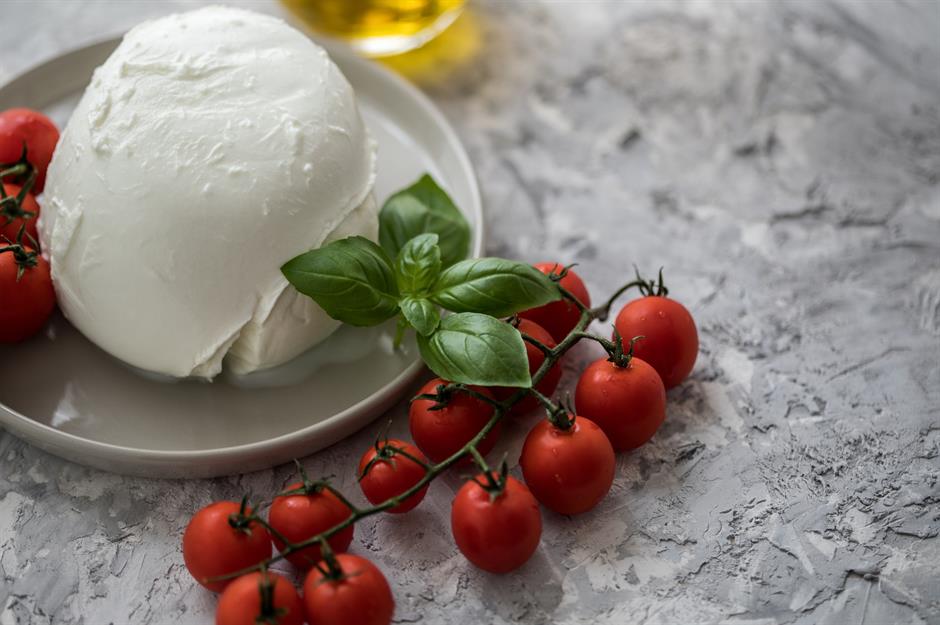
The home of true buffalo mozzarella is Campania in the south of Italy. Mozzarella di bufala Campana, a soft, mild cheese made from the milk of Mediterranean water buffalo, has protected status – it's much softer than standard mozzarella and its flavour profile is far bolder. It's more expensive than cows' milk mozzarella, too, so you might not want to go melting it on top of a pizza. Try it on a bruschetta with fresh tomatoes and olives instead, so you can really appreciate the delicate flavour.
16. Manchego, Spain
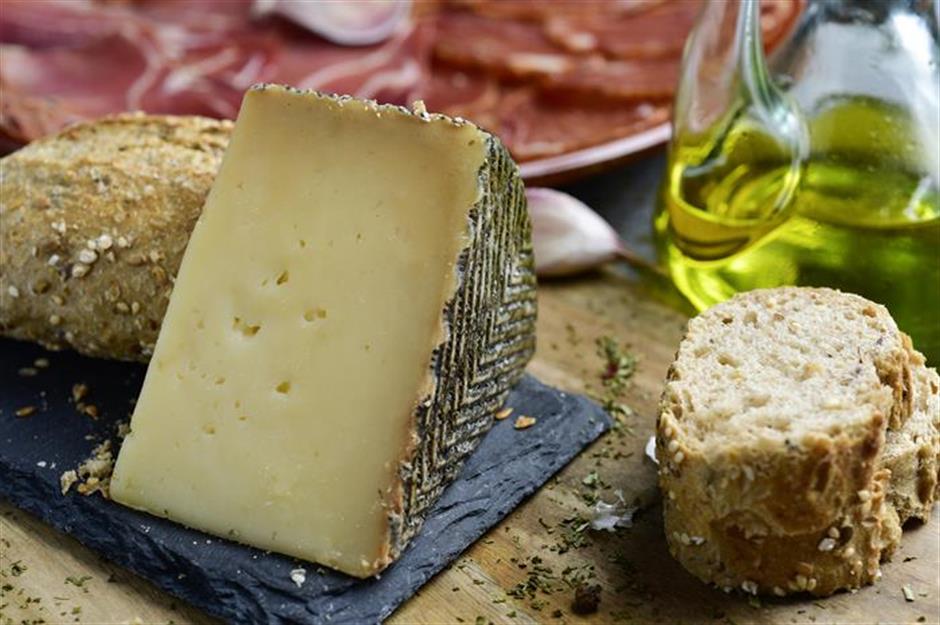
Firm with a buttery texture, Manchego is Spain's most famous cheese. It's protected and must be made in the La Mancha region in central Spain with milk from Manchega sheep. Manchego is then aged for at least two months, but it can be aged for up to two years, allowing the flavours to become more complex. As a result, it has that citrus tang common in sheep's milk cheese. Traditionally eaten with quince paste, it also works great with chorizo and other cured meats.
15. Cotija, Mexico
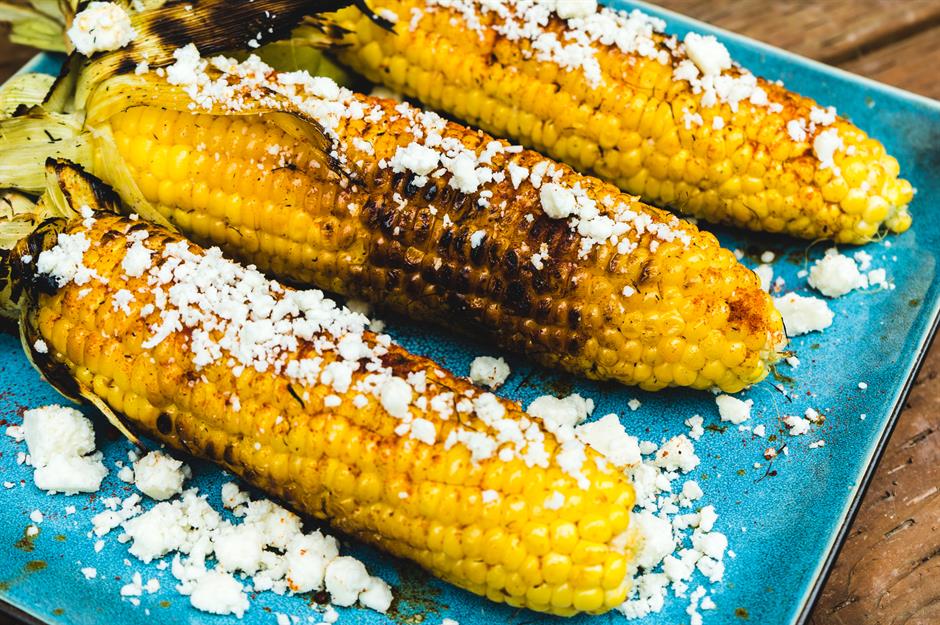
Cotija, named after the town of the same name, is a handmade Mexican cows' milk cheese. It's dry, firm and very salty. In fact, its high salt content and granular texture means that Cotija can't be enjoyed as a table cheese. It doesn't melt well, either, but it's delicious used as an accent on soups, tacos, grilled corn and burritos. You can also use it in a similar way to feta cheese or Parmesan.
14. Mascarpone, Italy
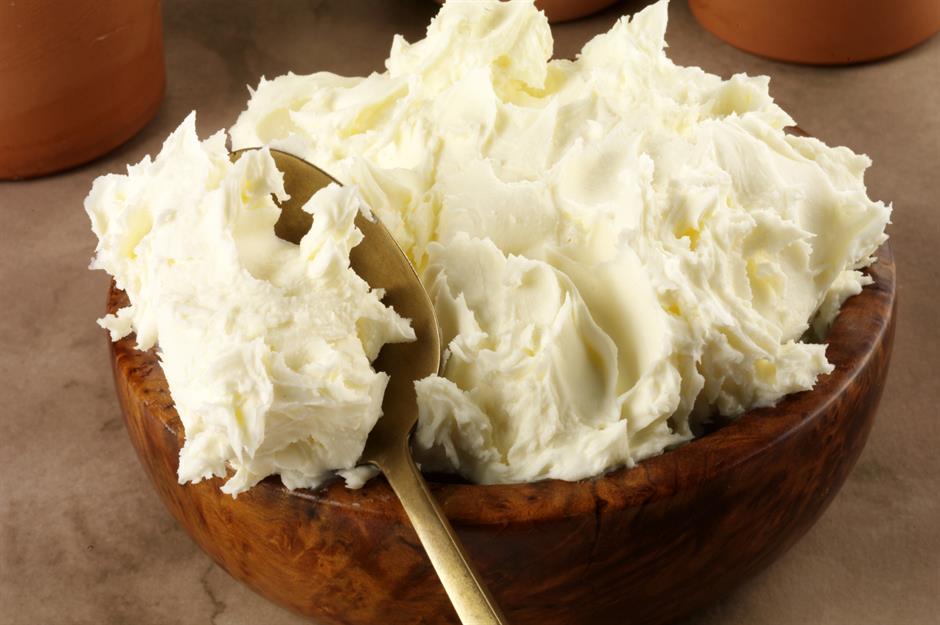
Mascarpone is a velvety Italian cream cheese that's richer and creamier than its American counterpart. The thick, buttery mouthfeel of mascarpone is achieved because producers use butterfat in the manufacturing process, giving it a high fat content of 75%. It's used to enrich pasta sauces, risottos, cheesecakes and, most famously, tiramisù – a favourite the world over with its boozy, creamy coffee flavours.
13. Provolone, Italy
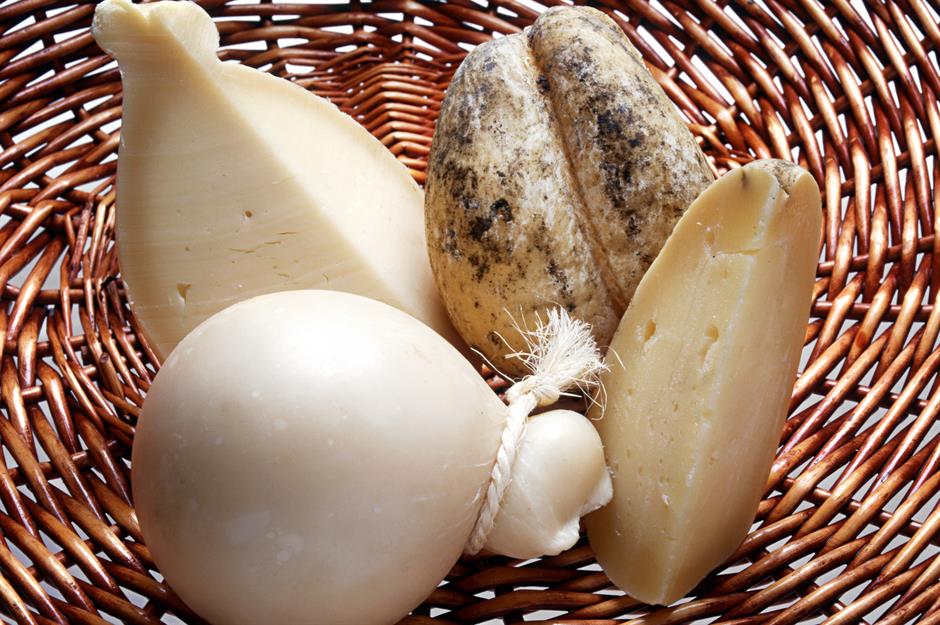
This semi-hard, full-fat cheese has a distinctive, pear-like shape and is mainly produced in the Po Valley in northern Italy. Provolone producers use cows' milk and age the cheese for a minimum of four months. But the taste changes the longer you age it: provolone piccante has a sharp, bold flavour, while provolone dolce is younger, softer and milder. You can also find it smoked (usually pre-sliced), to put on pizzas and in sandwiches.
12. Burrata, Italy
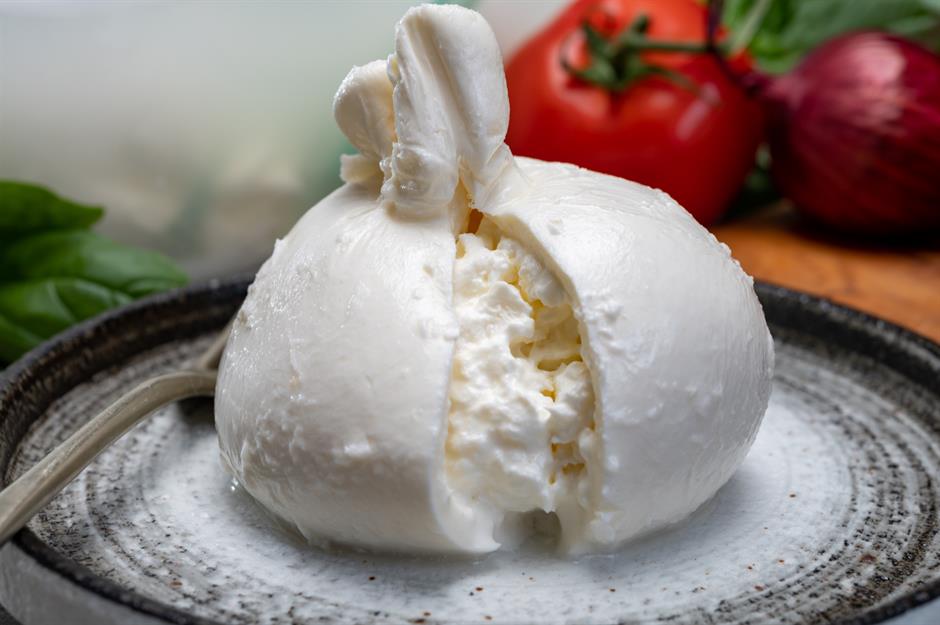
Imagine cutting into a fabulous mozzarella, only to find a rich, thick cream in the centre. That's burrata: a firm outer ball filled with delicious cream and cheese curds. This artisan cheese comes from Puglia in southern Italy and has a suitable name derived from the Italian word for butter. But burrata, made from cows' or buffalo's milk, is not to be cooked with. Just serve it as it comes with olive oil, basil leaves and fresh tomatoes.
11. Halloumi, Cyprus

Halloumi originates from Cyprus and is normally made from sheep and goats' milk. It's a brined cheese, semi-hard and quite salty. This makes it perfect for cooking, as it holds its shape to give a crisp exterior and a melting centre. You can fry, bake or grill halloumi and serve it with salads and roasted vegetables. This squeaky cheese also makes the most wonderful fries, but watch out: they're rather addictive.
10. Gouda, Netherlands
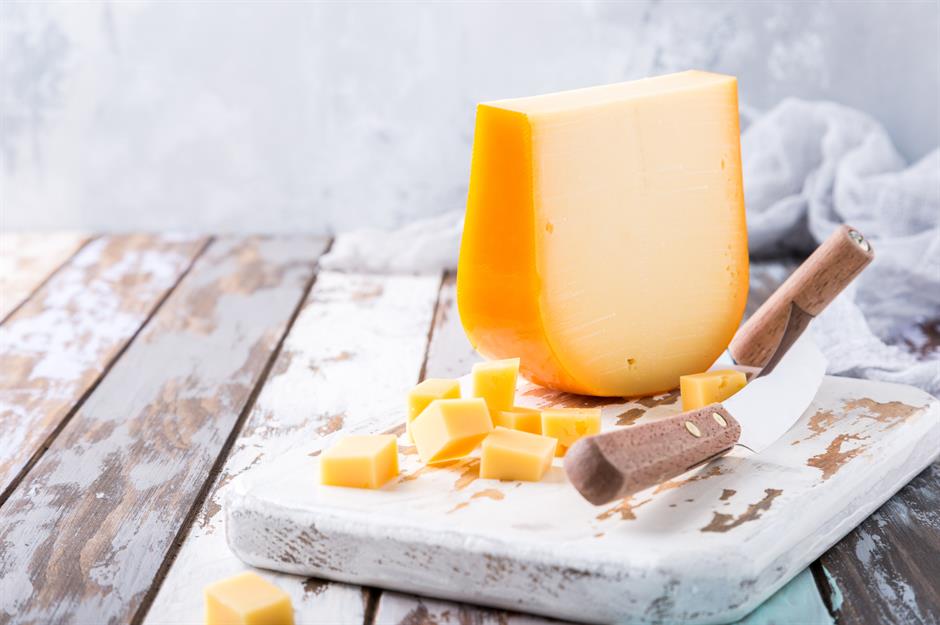
This semi-hard cheese from Gouda in the Netherlands is one of the oldest recorded cheeses still made using the same recipe. Today, there are three protected Goudas made in the Netherlands, including Boerenkaas, which is produced in the traditional way with unpasteurised milk. A younger Gouda has a mild taste that makes it a top choice for melting and sandwiches. Aged, it's full flavoured with a slight sweetness and a crunch of salt crystals.
9. Gruyère, Switzerland
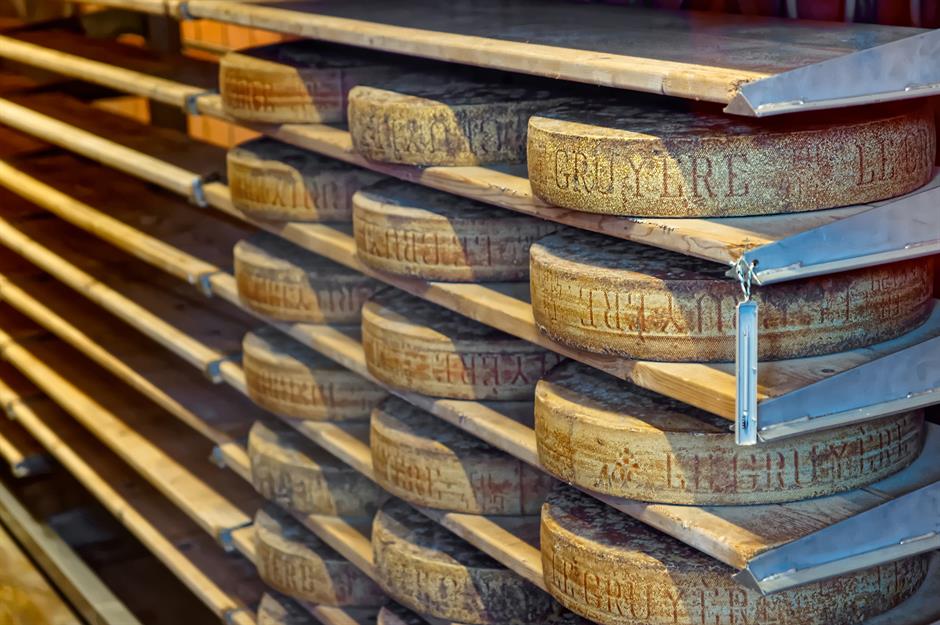
Named after the Swiss town of Gruyères, this Alpine cheese has protected status in Switzerland. It's made from unpasteurised milk, and the maturation process takes place in humid cellars that mimic the temperatures of natural caves. Gruyère is sweet and nutty when young, but as it matures, it becomes more complex. Swiss Gruyère is well worth seeking out, though American and French varieties are also available.
8. Brie de Meaux, France
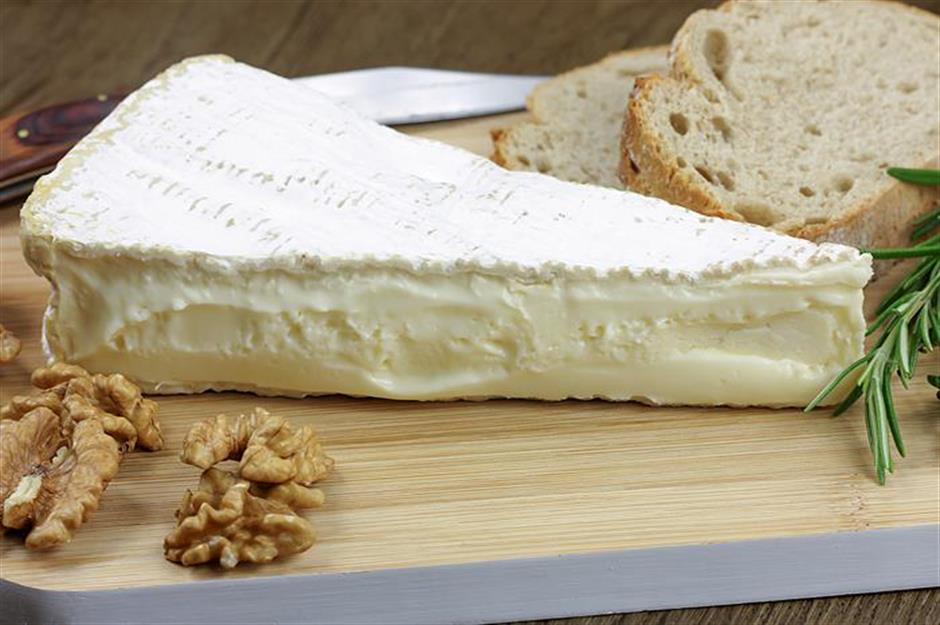
Various types of brie-style cheese are made all over the world, including in the UK and the US. But the only two protected ones are from its home region in northern France: Brie de Meaux and Brie de Melun. Made from unpasteurised milk, matured for longer, and with a more intense, pungent and creamy texture, these are the ones for your cheeseboard. Other versions tend to be milder and more suitable for cooking, as they melt well.
7. Feta, Greece
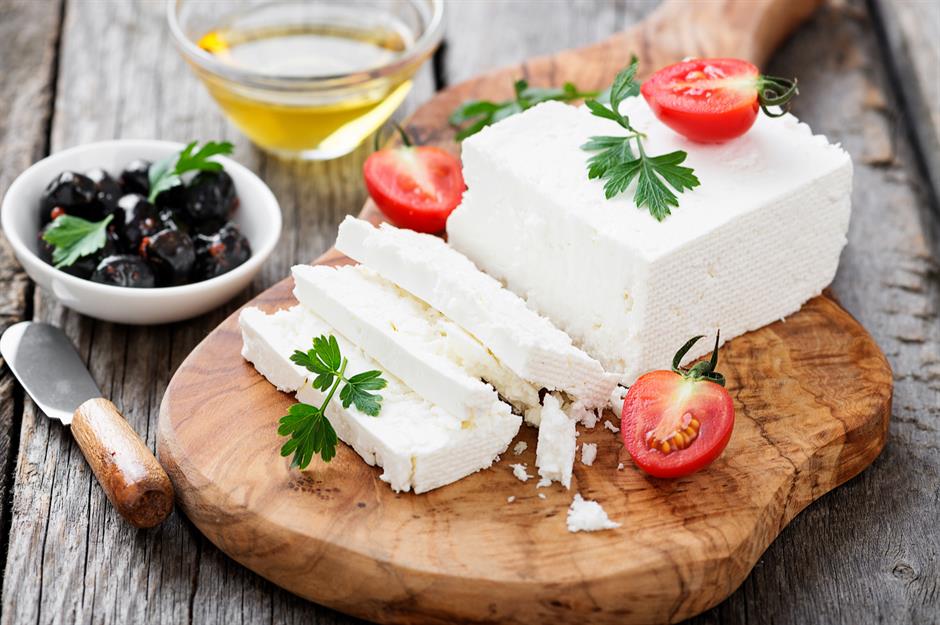
Traditional Greek feta has protected status within the European Union, though other countries produce versions under generic names. Greek feta is made from sheep's milk, or a combination of sheep and goats' milk, and the cheese is dry salted and then aged in brine. Further maturation takes place in steel bins or wooden barrels, which impart complex flavours. Firm and wonderfully tangy, feta is perfect for salads, omelettes and baking.
6. Pecorino Romano, Italy
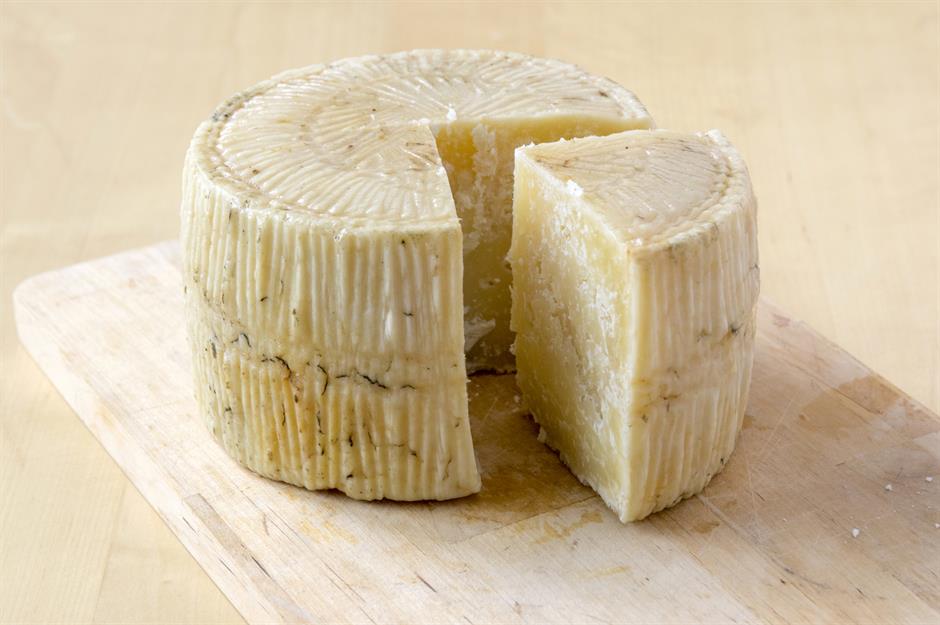
Pecorino Romano is made exclusively from Italian sheep's milk and is a protected name in the European Union. Aged for a minimum of five months, it's a hard, salty cheese that Italian cooks traditionally use on pasta dishes. Interestingly, pecorino Romano that's aged for eight months can actually be less salty and used as a table cheese, rather than for grating. It's worth noting that cheeses simply named 'romano' in the US and Canada bear no resemblance to officially recognised pecorino Romano.
5. Raclette, Switzerland
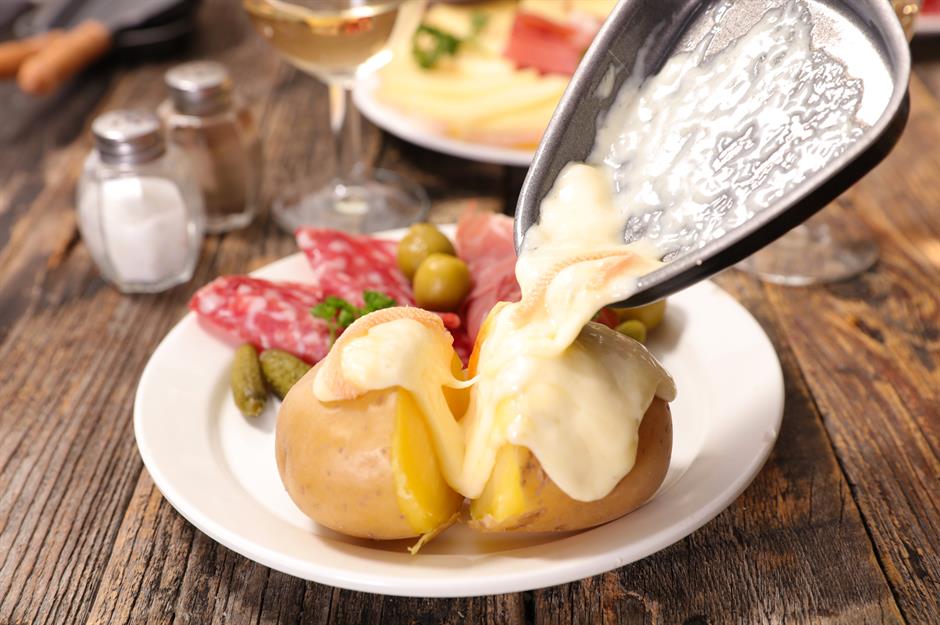
Raclette originated in Switzerland and the name not only refers to the easy-melting rich cheese, but also to the iconic dish it is served in. Traditionally this large cheese would be cut and heated over the fire, then the melted cheese would be scraped onto plates, to be served with salami, gherkins and potatoes – a real treat for the cold Alpine weather. These days in France and Switzerland, the process has been modernised with the help of table-top electric raclette melters. A true raclette cheese is made with raw milk and is protected in Switzerland.
4. Camembert de Normandie, France
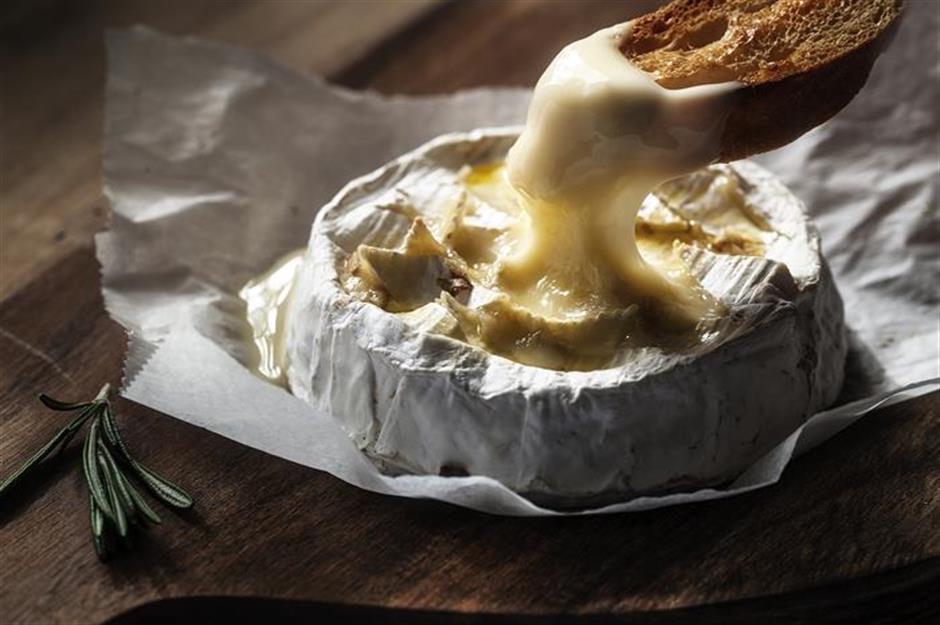
This indulgent soft cheese with an edible rind hails from Normandy in northern France. Only one variety, Camembert de Normandie, is protected and made from unpasteurised milk. When young, it has a sour flavour and a chalky texture through the centre. To eat it on its own, bring it slowly to room temperature, where it develops a creamier texture and depth of flavour. You can also melt the whole cheese in its wooden box in the oven. It's great as a dip with toast or breadsticks.
3. West Country Farmhouse Cheddar, England, UK
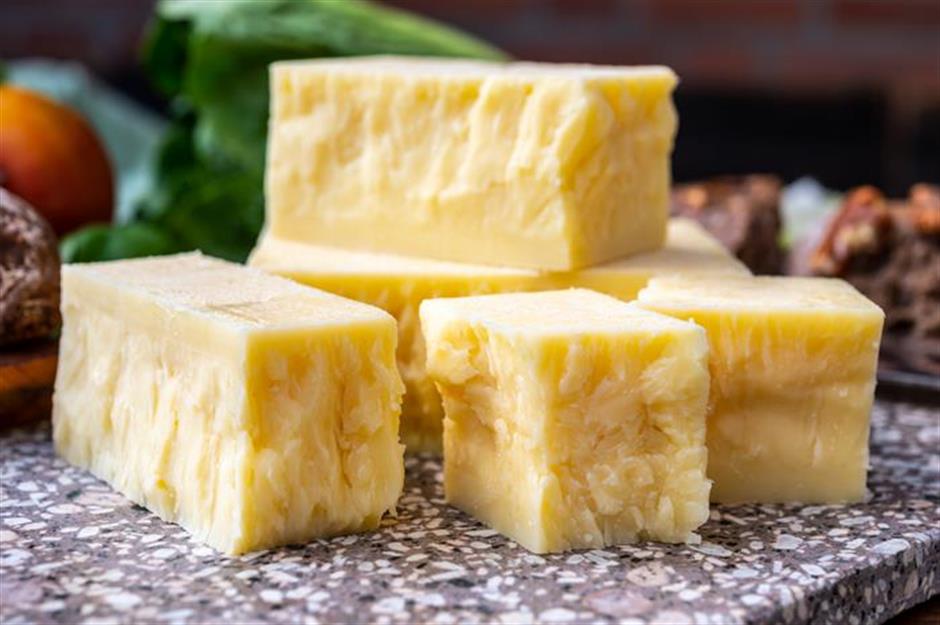
Originally created in Somerset, 'Cheddar' cheese is not protected and is produced worldwide in a variety of colours and flavours. That's why it's one of the world's most popular cheeses, used for grating, cooking and sandwiches. But the real deal Cheddar – particularly West Country Farmhouse Cheddar – from artisan makers is usually aged or vintage, and it has a crumblier texture and nutty flavour, with salt crystals from the ageing coming through. It has a long finish, meaning the taste carries on.
2. Mozzarella, Italy
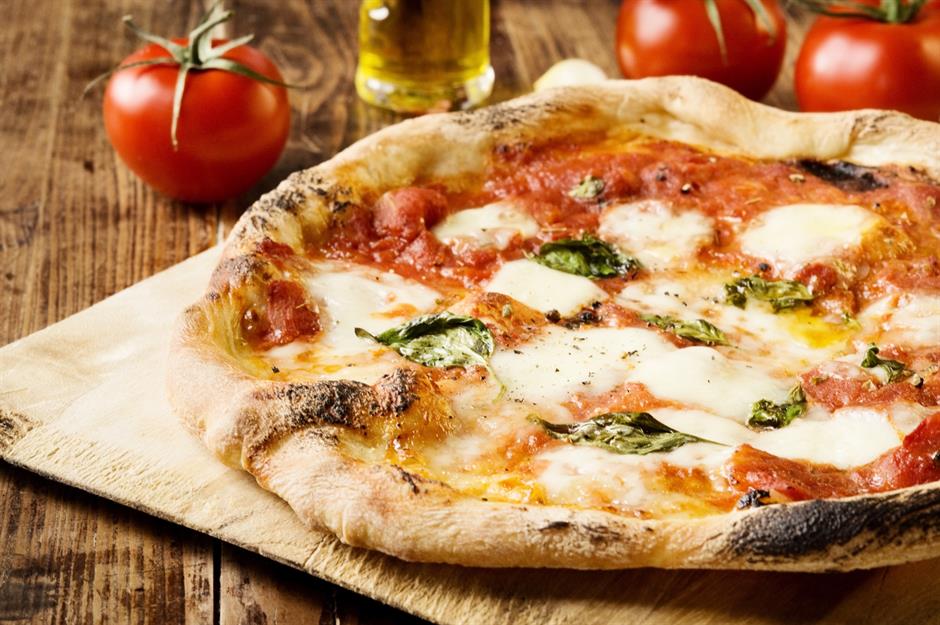
Mozzarella is a semi-soft, non-aged variety, and it's among the biggest-selling cheeses in the USA due to the vast consumption of pizza. Mozzarella for pizza is typically mass-produced, so it sometimes has a stringy, rubbery, mellow character that is perfect for melting. A more expensive fresh ball of mozzarella – which you'd use for salads and homemade Italian dishes – is mild, soft and silky, with a creamy flavour.
1. Parmigiano Reggiano, Italy
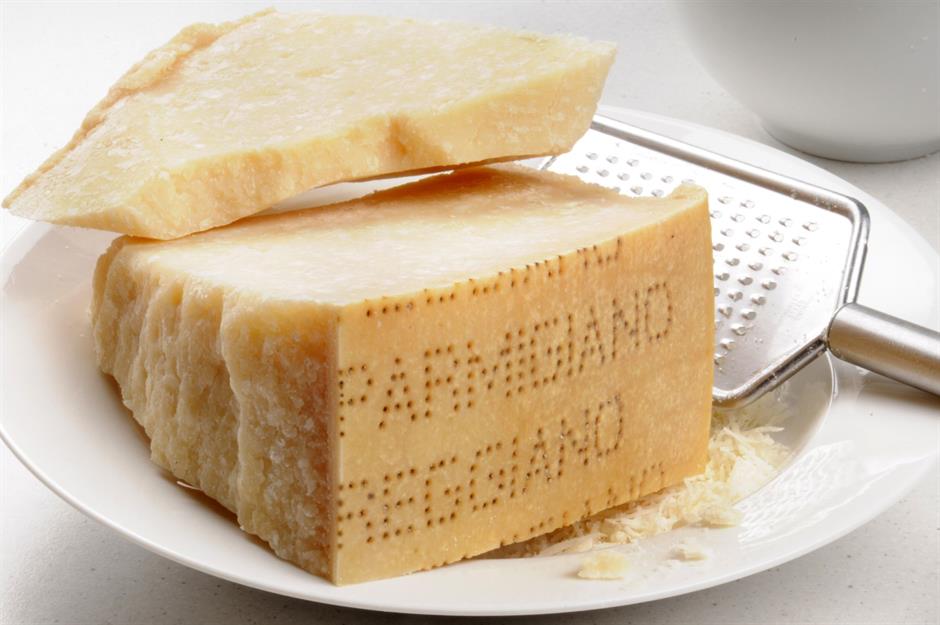
The ultimate cooking cheese, what would we do without Parmigiano Reggiano? Made from cows' milk, it's pale yellow in colour with a distinctive hard rind. It's a protected variety, produced in northern Italy in specific provinces, and the longer the cheese is aged, the more granular and crystallised it becomes, with a crunch from salt crystals. When young (around 18 months) it is the perfect cheese for grating over pasta and risotto. As it ages, sometimes up to 30 months, it can also be nibbled on its own.
Now discover the amazing history of chocolate
Last updated by Lottie Woodrow.
Comments
Do you want to comment on this article? You need to be signed in for this feature